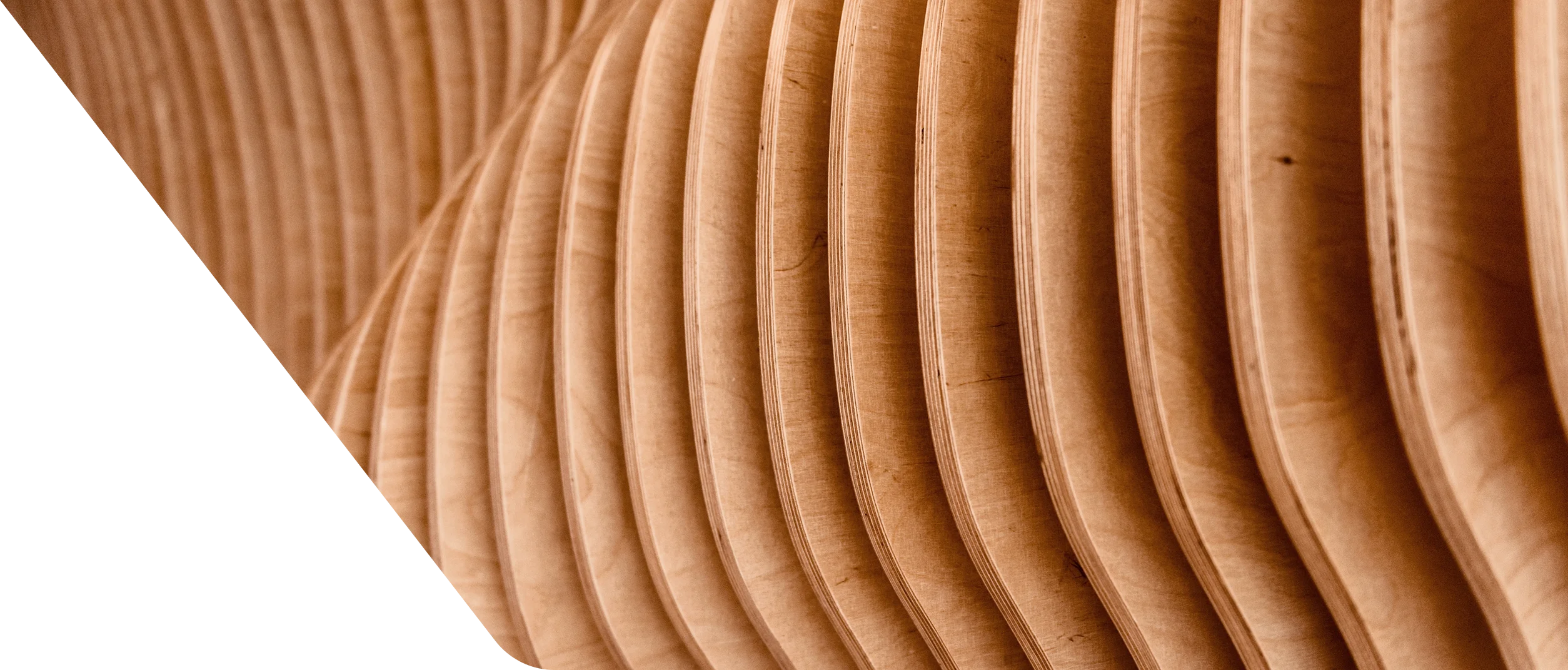ANSI/AWI 1235–2024 - Specialty Casework
3.2 Material
a) Materials used for the construction of Product shall comply with tested, documented, and approved means and methods for the specified performance duty level.
b) Materials used for the construction of Product covered within the scope of this standard shall adhere to the requirements set forth in AWI 300 – Materials (latest edition).
c) Materials used for the same purpose, within the scope of this standard, shall be consistent throughout a project.
d) Glass used in conjunction with casework, doors, and/or lites shall be in accordance with ANSI Z97.1 (latest edition).
3.2.1 Base, Wall, and Tall Cabinets
a) Components and their assembly shall meet structural performance and aesthetic values set forth in this standard.
b) In the absence of specified thickness values, all components and assemblies shall meet the minimum thickness and material requirements of those tested and used to establish the structural performance values set forth within this standard. Alternative materials and assemblies are permitted provided they meet the structural performance and aesthetic values set forth within this standard.
c) In the absence of manufacturer/supplier’s tested and approved methods and materials for casework construction, manufacturer/suppliers may fabricate to AWI’s Tested and Approved Methods and Materials for Casework Construction, available at awinet.org
a) When doors and/or drawers within the same cabinet are keyed differently, security panels are required.
a) Material shall be a minimum of 17.5 mm [.688”] thick with a minimum finished installed height of 101.6 mm [4”].
b) If specified, moisture resistant base requires base components to be fabricated from particleboard or fiberboard with a 24-hour thickness swell factor of 5.5% or less, in accordance with ASTM D1037 (latest edition) or veneer core substrate with Type II adhesive.
c) Use of leg levelers is permitted at the option of the manufacturer/supplier provided they meet the specified Performance Duty Level.
a) Shall be a minimum of 15.9 mm [.625”] thick.
3.2.2 Doors
a) Solid wood doors are not permitted, except at stile and rail doors.
b) Maximum cabinet door size shall be 610 mm [24”] by 2134 mm [84”]. Larger doors may be susceptible to warp. Doors in excess of these width or height dimensions are not subject to warp tolerances and tests contained within this standard.
c) Thicknesses of 34.9 mm [1.375”] or greater shall be governed by the ANSI/WDMA I.S.1A (latest edition) and ANSI/WDMA I.S.6A (latest edition) Architectural Door Standards, as applicable. Such doors are not subject to the tolerances and conditions contained within this AWI standard.
3.2.3 Drawer Boxes
a) Material shall be HPDL or TFL.
a) Shall be hardwood species at the option of the manufacturer/supplier.
b) Solid wood shall be in compliance with Custom Grade requirements set forth in AWI 300 – Materials (latest edition).
c) Veneer shall be a minimum of ANSI/HPVA HP-1 (latest edition) Grade C.
a) Material shall be at the option of the manufacturer/supplier.
3.2.4 Shelves
a) Components shall operate smoothly in channels or rigid slides.
b) Material shall be a minimum of 19.1 mm [.750”] thick.
a) Glass type, thickness, color, and edge treatment shall be specified.
3.2.5 Hardware
a) Hardware used for construction of Product covered within the scope of this standard shall adhere to the requirements set forth in applicable ANSI/BHMA Standards (latest edition).
b) This standard has adopted ANSI/BHMA Standards (latest edition), Grade 2, as the default minimum requirement for casework hardware except shelf suspension hardware. Shelf suspension hardware shall perform within the specified performance duty level.
c) Hardware types used for the same purpose, within the scope of this standard, shall be consistent throughout a project.
d) Quantity and installation spacing shall be within the hardware manufacturer/supplier’s recommendation and listed capacity.
e) Manufacturer/supplier shall furnish hardware as required to provide a complete casework assembly without impairment of the cabinet’s structural integrity and/or functionality.
f) Keyboard trays shall conform to section 4.13 (Test 12, Drawers and Trays) of ANSI/BHMA A156.9 (latest edition).
a) Hinges shall be self-closing or provided with a catch.
b) Bumper pads shall be installed at the top and bottom of each hinged door.
c) Door size and weight shall be within the hardware manufacturer/supplier’s listed capacity when using pocket hardware.
a) Closing stops shall be provided at the rear of drawer sides unless the drawer slides contain integral stops that prevent the drawer face from impacting the cabinet body.
b) If stops are not integral to the drawer slides, a mechanism shall be provided to prevent the drawer from pulling out of the cabinet.
c) Drawer slides shall provide for a minimum extension of 75 percent of the length of the drawer box beyond the cabinet body.
d) File drawer slides shall provide for a minimum extension of 100 percent of the length of the drawer box from the face of the cabinet. File drawers require clear interior height sufficient for hanging file folder tabs. Hanging file direction at the option of the manufacturer/supplier.
e) Stands or rails for file drawer systems shall be at the option of the manufacturer/supplier and, where legal-sized drawers are provided, the drawer system shall accommodate both legal-sized files and letter-sized files.
a) Locks shall be furnished and located as indicated in the contract documents only if specified.
b) Locks shall be keyed differently and/or master keyed only if specified.
c) Strike plates are required for installed locks and latches only if specified.



